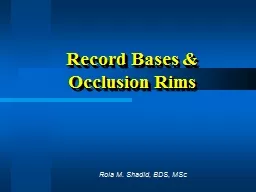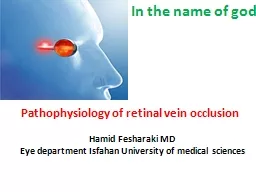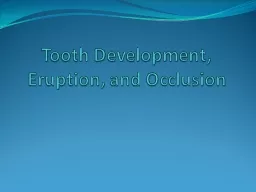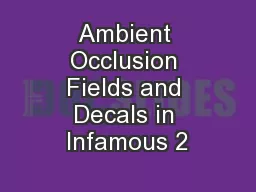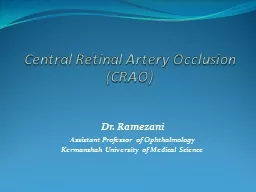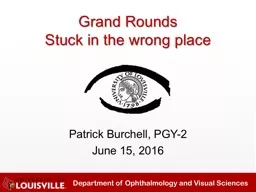PPT-Central Retinal Artery Occlusion
Author : lois-ondreau | Published Date : 2020-04-04
MAKHLAGHI MD In 1859 Van Graefe first described central retinal artery occlusion CRAO as an embolic event to the central retinal artery in a patient with endocarditis
Presentation Embed Code
Download Presentation
Download Presentation The PPT/PDF document " Central Retinal Artery Occlusion" is the property of its rightful owner. Permission is granted to download and print the materials on this website for personal, non-commercial use only, and to display it on your personal computer provided you do not modify the materials and that you retain all copyright notices contained in the materials. By downloading content from our website, you accept the terms of this agreement.
Central Retinal Artery Occlusion: Transcript
Download Rules Of Document
" Central Retinal Artery Occlusion"The content belongs to its owner. You may download and print it for personal use, without modification, and keep all copyright notices. By downloading, you agree to these terms.
Related Documents



